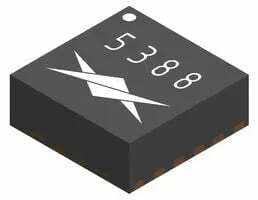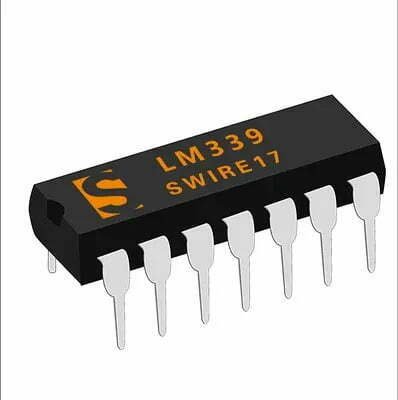In the dynamic and complex realm of Integrated Circuit (IC) board design projects, the choice of Electronic Design Automation (EDA) software stands as a linchpin for success. EDA software has revolutionized the IC design landscape, enabling engineers to transform abstract ideas into tangible, high – performance circuits.
However, with a plethora of EDA software options available in the market, each boasting a unique set of features, capabilities, and price points, the selection process can be daunting. This article aims to demystify the process of choosing the right EDA software for your IC board design project, providing you with a comprehensive guide to make an informed decision.
What is EDA Software?
Definition and Basics
EDA software, short for Electronic Design Automation software, is a suite of tools that have become indispensable in the design and development of electronic systems, particularly in the creation of integrated circuits (ICs). In essence, it is a virtual workspace where engineers can transform their ideas for electronic components into a fully – fledged, functional design.
Before the advent of EDA software, the design of electronic circuits was a painstakingly manual process. Engineers had to draw circuit diagrams by hand, calculate component values manually, and physically build and test prototypes at every stage. This was not only time – consuming but also highly error – prone. EDA software revolutionized this process by automating many of these tasks. It provides a platform where engineers can use digital representations of components and circuits, and the software takes care of the complex calculations, simulations, and optimizations.
For example, in the design of a simple microcontroller – based circuit, an engineer can use EDA software to select and place virtual components such as the microcontroller, resistors, capacitors, and other peripherals on a virtual canvas. The software then automatically calculates the electrical parameters and connections between these components, eliminating the need for manual calculations.
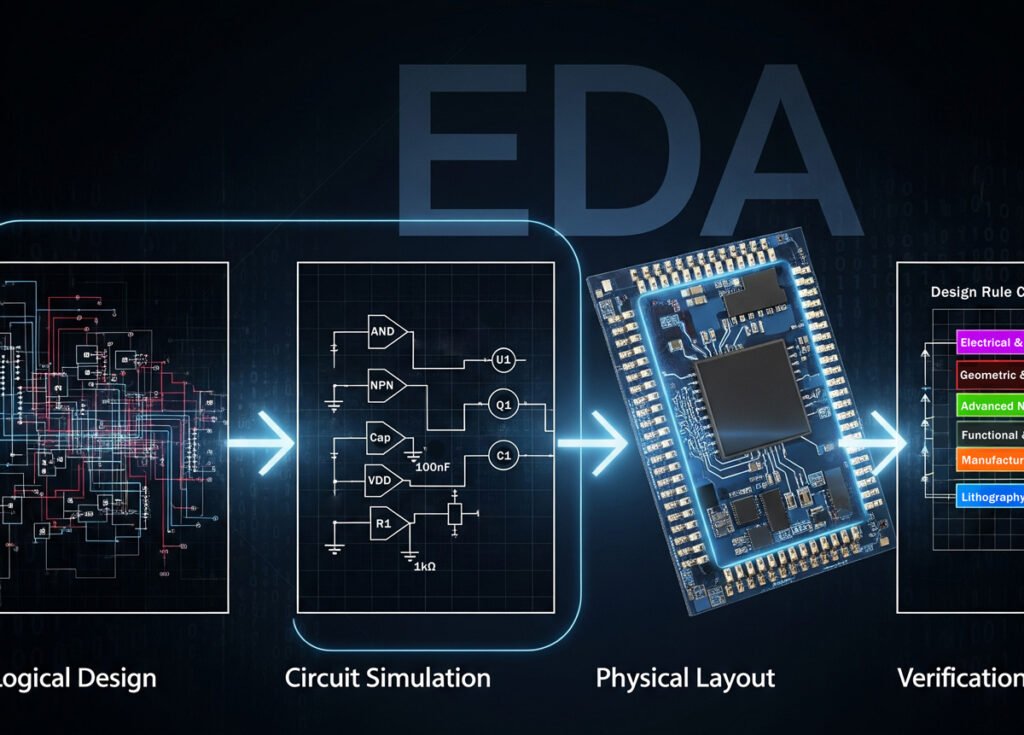
Benefits
Core Functions
- Logical Design
- At the heart of any IC design is the logical design phase. EDA software allows engineers to define the functionality of the circuit using hardware description languages (HDLs) like Verilog or VHDL. Through these languages, engineers can describe the behavior of the digital components in the circuit, such as how flip – flops store data, how logic gates perform operations like AND, OR, and NOT, and how different components interact with each other. For instance, when designing a digital clock circuit, the engineer can use HDL code in the EDA software to define the counter logic that keeps track of seconds, minutes, and hours, and the display logic that shows the time on an output device.
- Circuit Simulation
- Circuit simulation is another crucial function of EDA software. It enables engineers to test the behavior of the designed circuit before it is physically fabricated. By running simulations, engineers can analyze how the circuit responds to different input signals, power supplies, and operating conditions. For example, in the design of a power amplifier circuit, simulation in EDA software can show how the amplifier behaves under different input signal amplitudes, frequencies, and load conditions. This helps in identifying issues like signal distortion, power consumption problems, and thermal issues early in the design process, saving both time and cost.
- Layout and Routing
- Once the logical design and simulation are complete, the next step is to create the physical layout of the IC. EDA software provides layout tools that help engineers place the various components of the circuit on the chip’s surface and route the interconnecting wires between them. In a high – density IC with millions of transistors, the layout and routing process is extremely complex. EDA software uses algorithms to optimize the placement of components to minimize the chip area and the length of interconnecting wires, which in turn reduces signal delay and power consumption. For example, in a modern smartphone’s application processor chip, the EDA software’s layout and routing tools ensure that billions of transistors and their connections are arranged in a way that maximizes performance while keeping the chip size compact.
- Verification and Validation
- Verification and validation are essential to ensure that the designed IC meets all the required specifications. EDA software offers a range of verification tools, including formal verification, which uses mathematical methods to prove that the design meets its specified requirements, and simulation – based verification, which checks the design’s functionality through various test cases. Validation tools, on the other hand, ensure that the fabricated IC behaves as expected in real – world applications. For example, in the design of a safety – critical automotive IC, rigorous verification and validation using EDA software are crucial to ensure that the IC functions correctly in all possible driving conditions and does not pose any safety risks.
Key Factors to Consider When Selecting EDA Software
Design Requirements
Functionality Needed
Complexity of the Project
Ease of Use
Learning Curve
User Interface
Complexity of the Project
Compatibility
With Other Tools
With Hardware
Cost
Licensing Model
Total Cost of Ownership
Popular EDA Software in the Market
Cadence
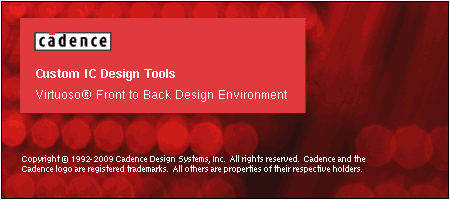
Synopsys
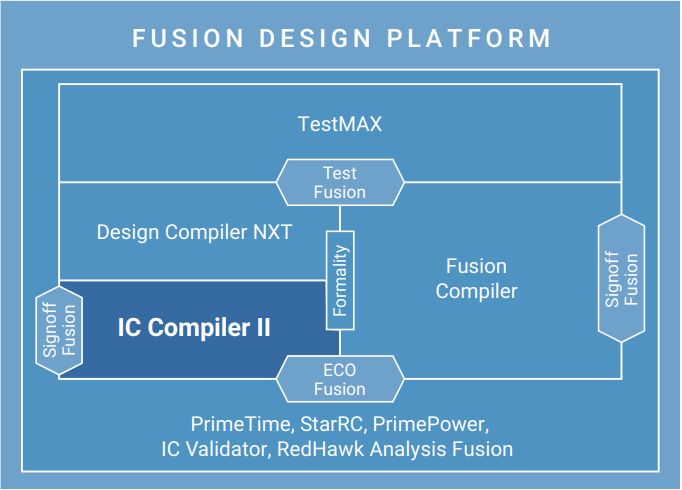
Mentor Graphics (Siemens)
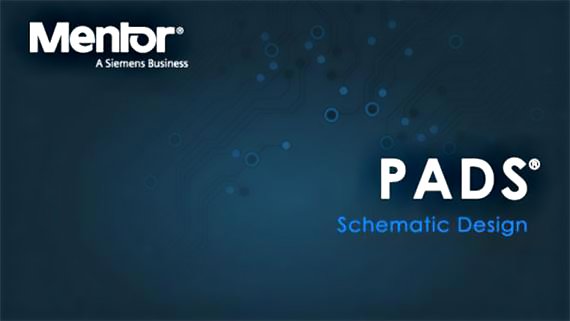
Other Notable Software
- KiCad
- Altium Designer
- Xilinx ISE (Integrated Software Environment) and Vivado
Making the Decision
Case Studies
- Case 1: High – Speed Digital IC Design for a Networking Application
- Case 2: Analog IC Design for a Power Management Application
Tips for Evaluation
- Request a Trial
- Read User Reviews and Testimonials
- Consult with Experts





